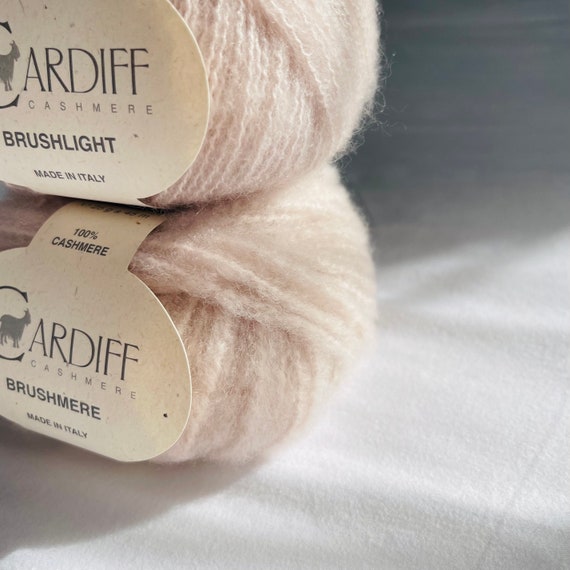The Intriguing World of cashmere: Understanding Its Material and Uses
Wiki Article
Reasons You Have To Require Cashmere a Natural Fiber for Comfort and Style in Everyday Use
In the realm of fabrics, few fibers match the high-end and convenience of cashmere. Exactly how can one best use cashmere to raise their design? These fascinating questions lay the structure for an informing exploration right into the globe of cashmere. cashmere fibre.Recognizing the Extravagant Nature of Cashmere

Examining the Comfort Element of Cashmere Clothes
What top qualities highlight the comfort factor of cashmere garments? The soft qualities of cashmere is the initial high quality to consider. Its plush appearance makes it really feel like a second skin, providing heat without the weight or irritation associated with other woollen products. Furthermore, cashmere's one-of-a-kind fiber structure enables breathability, managing temperature and protecting against getting too hot. The material's versatility and sturdiness guarantee that it mold and mildews against the body comfortably, preserving its shape in time. Cashmere's hypoallergenic homes also add to its convenience, making it an optimal choice for delicate skin. The capacity to layer cashmere items without bulkiness heightens the convenience factor. Essentially, the comfort of cashmere is acquired from its softness, breathability, resilience, hypoallergenic nature, and versatility.
The Ecological Impact and Sustainability of Cashmere
While the convenience and sophistication of cashmere are certainly attractive, it's similarly essential to consider its connection with the atmosphere. Cashmere production, mainly in Mongolia and China, includes increasing cashmere goats, which can substantially stress vulnerable meadow ecological communities as a result of overgrazing. This can bring about desertification, a pushing environmental concern. The processing of cashmere, entailing washing and dyeing, can also add to water pollution if not correctly taken care of. Efforts are being made to establish sustainable cashmere manufacturing methods, such as rotational grazing and cleaner handling strategies. Hence, while cashmere has ecological effects, its sustainability largely depends upon production practices.Comparing Cashmere to Artificial Fibers: A Cost-Benefit Analysis
Despite its ecological difficulties, cashmere offers a special collection of benefits over synthetic fibers. Cashmere's all-natural fibers use unparalleled gentleness and heat, equating into comfort that artificial fibers have a hard time to match. Unlike synthetic fibers, cashmere does not contribute to microplastic air pollution, making it a more lasting option.Styling Tips With Cashmere for Everyday Sophistication
Having actually thought about the cost-benefit evaluation of cashmere contrasted to artificial fibers, it ends up being clear why this lavish material is a favored selection for numerous. When styling cashmere for daily elegance, simplicity is essential. A cashmere coat, for instance, can be coupled with customized pants or a smooth skirt for a chic, put-together appearance - cashmere fibre. For a more laid-back set, a cashmere cardigan put on over a simple t-shirt and pants shows easy style. Accessories can additionally boost the look: a statement locket or headscarf can add a pop of color to a neutral cashmere piece. Inevitably, the integral elegance of cashmere makes it a flexible enhancement to any wardrobe, effortlessly improving day-to-day clothing with a touch of luxury.

Verdict
In enhancement, cashmere's sustainability and lower ecological effect compared to synthetic fibers better enhance its charm. Investing in cashmere garments is a beneficial choice for sustainability, design, and convenience.
Report this wiki page